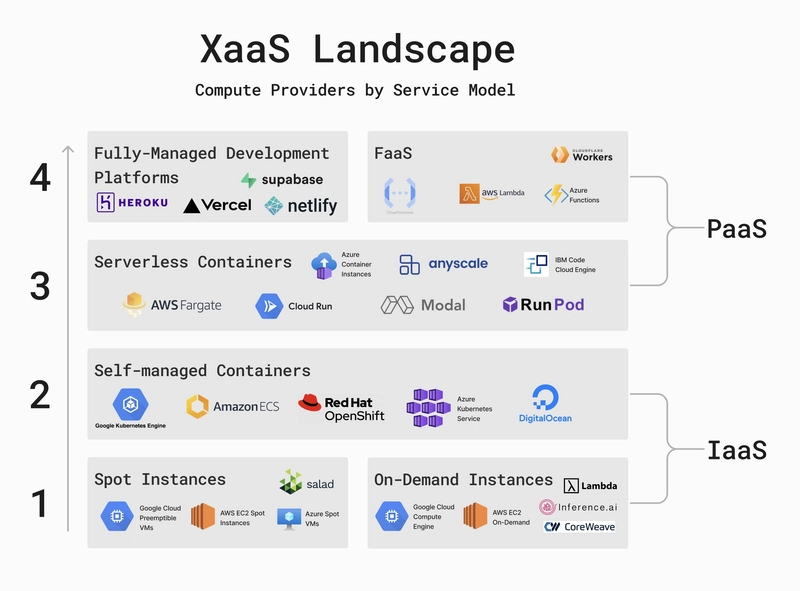Colleges Shouldn’t Need to Address Deficits in High School Math Skills
Five K–12 policy solutions to ensure math proficiency The post Colleges Shouldn’t Need to Address Deficits in High School Math Skills appeared first on Education Next.


Harvard University recently announced a new course to address some of the struggles with mathematical skills its incoming students are facing. The course, known as MA5, will target foundational skills in algebra, geometry, and quantitative reasoning.
In making such a course available, Harvard is not an outlier. Plenty of colleges and universities offer courses geared toward helping students with precalculus and calculus.
The bright red warning light flashing before my eyes and those of educators across the country is the fact that students at the nation’s oldest and most renowned institution of higher learning need help getting caught up in skills that should be taught in core K–12 courses.
What it indicates is our primary and secondary education system is falling behind in teaching math.
Looking at the most recent scores from the Nation’s Report Card, we know there has been minimal progress for students catching up from Covid learning loss. Most 4th and 8th graders on last year’s National Assessment of Educational Progress (NAEP) math exam still performed below pre-pandemic levels, with a widening gap between disadvantaged students and their more resourced peers.
To ensure future generations are prepared for postsecondary success, we need to look for upstream solutions—state-level math policy that we know will help students build the foundation they need. State leaders can act now on five essential math policies designed to transform math achievement.
First, we know countries that consistently perform above average on international math assessments spend an average of 60 minutes per day on instructional time. In the U.S., Alabama is the only state actively requiring this duration of math instruction, with Maryland recently passing a similar policy that will be implemented in 2026. If every state required at least 60 minutes of math instruction a day, students would see stronger outcomes.
Second, the adoption of High-Quality Instructional Materials (HQIM) would ensure students have access to grade-level content. Surprisingly, this remains a significant challenge across the country, with some research indicating students spend more than 500 hours per school year on assignments not appropriate for their grade level and expectations.
Next, we know that math coaches are an essential investment for all elementary and secondary schools and can be relied upon to lead professional development, facilitate lesson planning, teach model lessons, and observe and provide immediate feedback. Alabama and Kentucky are two states that have implemented strong math-coach programs.
Just as we look to NAEP as a national assessment tool, teachers should be implementing regular assessments in their classrooms that provide valuable information on student progress and can inform future instruction tactics. When assessments are followed by timely interventions, student learning outcomes can dramatically improve.
Finally, states should consider an automatic enrollment policy that ensures students who are mathematically proficient are promoted into higher-level courses in the next school year. Automatic enrollment policies have proven to lead to a larger number of students successfully taking higher-level math courses, including more low-income and minority students.
EdNext in your inbox
Sign up for the EdNext Weekly newsletter, and stay up to date with the Daily Digest, delivered straight to your inbox.
These policy essentials are not theoretical; we are seeing them in action in Alabama. Other states like Indiana, Iowa, and Maryland are following suit.
And that’s a smart move. Alabama’s comprehensive approach to math policy has resulted in remarkable progress in just two years—it remains one of the only states where 4th grade students are back to pre-pandemic levels of math proficiency on the Nation’s Report Card.
By the time our students graduate from high school, they should be proficient in the math skills they need to succeed in higher education, the military, or the workforce. We owe them the effort to ensure they attain that level in the K–12 system. The first weeks of college or a career are not the time to play catch-up.
States can help educators and schools achieve that goal by implementing proactive, research-backed policy solutions that ensure all students build a strong foundation in mathematics. Maybe then colleges won’t have to create basic courses to cover skills that our secondary schools should have been teaching all along.
Lindsey Henderson serves as the math policy director for ExcelinEd.
The post Colleges Shouldn’t Need to Address Deficits in High School Math Skills appeared first on Education Next.





































































